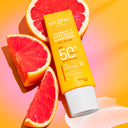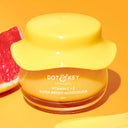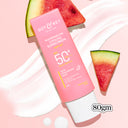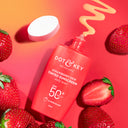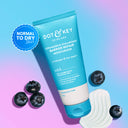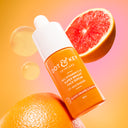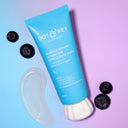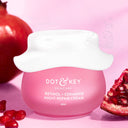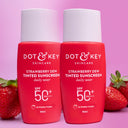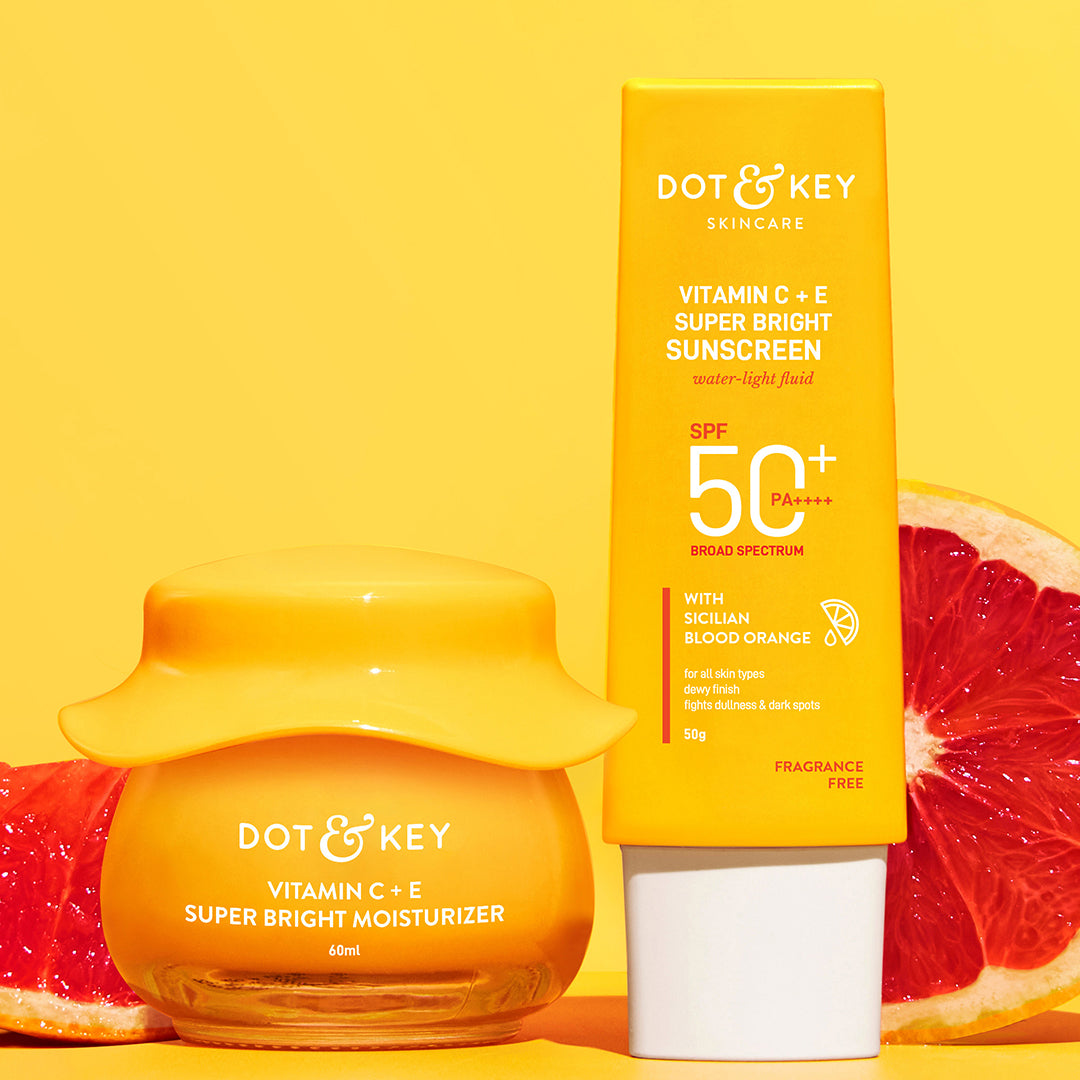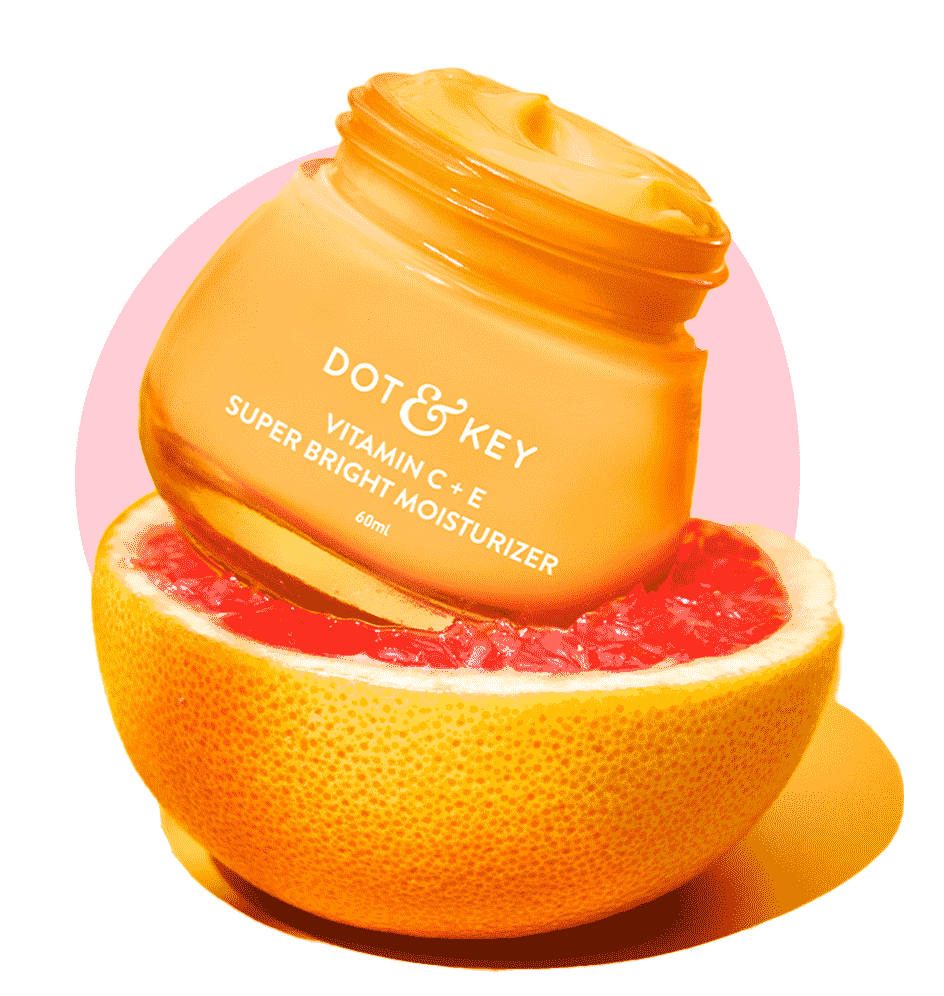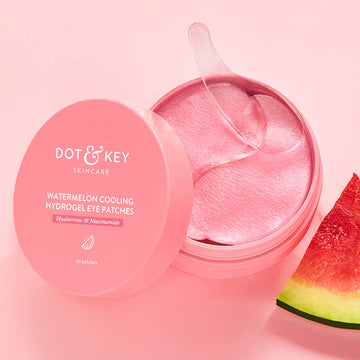
Late nights, early mornings, endless screens — our under-eyes go through a lot. Add winter dryness to the mix, and suddenly concealer starts creasing, makeup looks patchy, and that bright-eyed glow? Gone!
But here’s a little skincare secret that’s been doing rounds for all the right reasons — hydrating eye patches paired with tinted sunscreen. It’s a quick, fuss-free combo that soothes, smooths, and subtly brightens, giving your under-eyes a fresh, awake look even on busy days. Think of it as your 2-step rescue ritual — the eye patches drench the skin in moisture, while the tinted sunscreen locks it in, adds coverage, and protects from UV rays (yes, even in winter). Together, they’re like coffee and cream — better together.
In this post, we’ll break down why this hack works, how to do it right, and what to keep in mind for the softest, dewiest under-eyes all season long.
Understanding Winter's Impact on Your Under-Eye Area
Winter weather can be particularly harsh on the skin around your eyes. This area is thinner and more sensitive than the rest of your face, with fewer oil glands to provide natural lubrication. As temperatures drop and humidity levels plummet—often below 30% indoors due to heating systems—your skin loses moisture more rapidly. This leads to dehydration, which manifests as flakiness, tightness, and an uneven texture that makes makeup cling in all the wrong ways.
Common issues include:
- Increased dryness and patchiness: Cold winds and dry air exacerbate transepidermal water loss, where moisture evaporates from the skin's surface.
- Accentuated fine lines: Dehydrated skin highlights creases, making you look more tired.
- Cakey makeup appearance: Heavy products like concealers can settle into dry patches, creating an unflattering, uneven finish.
It's not just about aesthetics; neglecting this can lead to discomfort, like itching or irritation. Dermatologists often recommend adjusting your routine seasonally, focusing on gentle hydration and protection to counteract these effects. Think of your under-eye skin like a sponge—when it's parched, it can't hold onto anything smoothly.
The Role of Eye Patches in Hydration
Eye patches are like a mini spa treatment for your under-eyes, delivering a concentrated dose of moisture and active ingredients. These gel-like or fabric sheets are soaked in serums rich in humectants—substances that draw water into the skin—and are designed to adhere closely, allowing better absorption.
Key benefits include:
- Immediate hydration boost: Ingredients such as hyaluronic acid and glycerin plump the skin by attracting and retaining water molecules, reducing the appearance of dryness almost instantly.
- Depuffing and soothing: Many patches contain cooling elements or anti-inflammatory agents that calm puffiness, which can worsen in winter due to salt retention from hearty meals or poor sleep.
- Temporary smoothing of fine lines: By hydrating the surface, they create a smoother canvas for makeup, though effects are short-term—lasting a few hours to a day.
Compared to regular eye creams, patches offer occlusion, meaning they create a barrier that locks in moisture and enhances ingredient penetration. For example, if your under-eyes feel like cracked earth after a cold day, applying patches is akin to giving them a deep drink of water. However, they're not a cure-all; consistent use alongside a good moisturiser yields the best results. Dermatologists note that while they're effective for quick fixes, they're most beneficial when part of a broader hydration strategy.
Why Tinted Sunscreen Beats Traditional Concealer
Now, let's talk about why swapping your concealer for tinted sunscreen could be a winter game-changer. Traditional concealers are pigment-heavy, designed to cover imperfections fully, but they can feel thick on dry skin, leading to that dreaded cakey look. Tinted sunscreen, on the other hand, offers sheer coverage with built-in sun protection, blending seamlessly without settling into lines.
Advantages over concealer:
- Lighter texture: It's formulated to be more fluid and hydrating, often with mineral filters like zinc oxide that sit on the skin without clogging pores.
- Multi-tasking benefits: You get colour correction, moisture, and SPF in one step—essential even in winter, as UV rays can penetrate clouds and reflect off snow, contributing to premature ageing.
- Natural finish: Unlike concealers that might oxidise or separate on dry patches, tinted versions provide a dewy, skin-like glow that evens tone without heaviness.
Of course, it's not perfect for everyone—if you have very dark circles, you might need a touch more coverage. But for everyday use, it's a balanced choice that prioritises skin health over heavy masking. Imagine it as a lightweight veil rather than a thick blanket over your skin.
Step-by-Step Guide to the Hack
Ready to try it? Here's how to incorporate eye patches and tinted sunscreen into your routine:
- Cleanse gently: Start with a mild, hydrating cleanser to remove any residue without stripping oils.
- Apply eye patches: Place them under your eyes for 10–20 minutes. Pat in any remaining serum afterwards for extra hydration.
- Moisturise: Follow with a lightweight eye cream or facial moisturiser to seal in the benefits.
- Add tinted sunscreen: Dab a small amount under your eyes and blend with your fingers or a sponge for an even application. Focus on building light layers if needed.
- Set minimally: If you prefer, lightly dust with a translucent powder, but skip this if your skin is very dry to avoid patchiness.
This process takes about 15–30 minutes and can be done in the morning for all-day comfort.
The Science Supporting This Approach
From a dermatological perspective, this hack aligns with evidence on skin barrier function. Hydration from patches helps restore the stratum corneum—the skin's outer layer—reducing water loss. Tinted sunscreen adds a protective layer with antioxidants and minerals that shield against environmental stressors, including UV and pollution, which can worsen winter dryness.
Studies show that occlusive treatments like patches improve hydration by up to 50% in short sessions, while mineral sunscreens provide broad-spectrum protection without irritating sensitive skin. It's a synergistic effect: hydrated skin accepts coverage better, leading to a more natural appearance. However, individual results vary based on skin type—those with oily skin might find it too dewy, while dry types will appreciate the moisture.
Additional Tips for Winter Under-Eye Care
To maximise this hack:
- Avoid hot showers, as they can further dehydrate skin.
- Incorporate humidifiers to maintain indoor moisture levels.
- Exfoliate gently once a week to remove dead skin cells that cause patchiness.
- Stay hydrated internally by drinking plenty of water and eating omega-rich foods like nuts.
Remember, if issues persist, consult a dermatologist to rule out underlying conditions.
Conclusion
This winter under-eye hack—eye patches paired with tinted sunscreen—offers a practical, science-backed way to combat dryness and achieve a smooth, non-cakey finish. It's about nurturing your skin rather than just covering it up, promoting long-term health in a gentle manner. By adapting your routine to the season, you can enjoy brighter, more comfortable under-eyes without the frustration.
Key Takeaways
- Winter dryness affects under-eyes due to low humidity and thin skin.
- Eye patches provide quick hydration and smoothing.
- Tinted sunscreen offers light coverage with added protection.
- Prep skin properly to avoid patchiness.
- Balance hydration with protection for optimal results.
FAQs
How often should I use eye patches in winter?
Aim for 2–3 times a week, or daily if your skin feels particularly dry. Overuse might lead to sensitivity, so listen to your skin.
Can this hack work for all skin types?
Yes, but adjust based on your needs—dry skin benefits most from the hydration, while oily types might prefer mattifying versions of tinted sunscreen.
What if I still see some creasing?
Ensure thorough blending and use minimal product. Adding a hydrating primer underneath can help smooth things out.
Is sunscreen really necessary under the eyes in winter?
Absolutely—UV rays are present year-round and can accelerate ageing. Tinted options make it effortless.
How long do the effects last?
Hydration from patches can last 4–8 hours, while tinted sunscreen provides all-day coverage with reapplication as needed.

